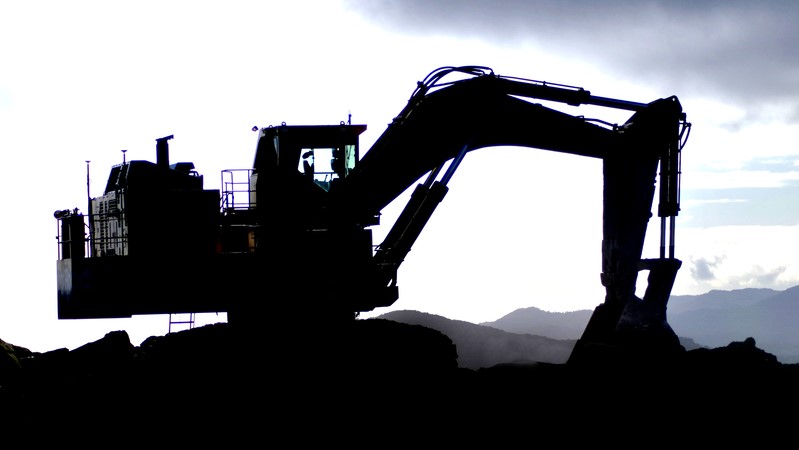
Construction equipment on sites found to be breaching the Provision and Use of Work Equipment Regulations 1998 (PUWER) increased by 40% during the first half of 2021, according to new findings.
The not-for-profit Building Safety Group (BSG) made 8,500 independent site inspections between 1 January and 30 June and found that the increase occurred between the first quarter and second quarter of the year.
A meaningful comparison between the first half of 2021 and the first half of 2020 is not possible because the number of inspections that took place in the first half of 2020 was far lower than normal as a result of the coronavirus lockdowns.
But the BSG said the increase in PUWER breaches was an indication that some machines may have degraded because of periods of inactivity during the pandemic.
PUWER places duties on people and companies who own, operate, or have control over work equipment. The regulations are enforced by HSE inspectors during regular checks. An improvement notice will be placed on a piece of equipment if a health and safety inspector feels that it has not been subject to inspections and risk assessments detailed under PUWER. In these instances, the inspector will tell the business owner what actions they need to take to comply with PUWER regulations and give them a period of 21 days to put these actions into place. If the actions are not followed within this period a prohibition notice will be enforced, preventing the owner from using the equipment.
Andy Harper, technical support manager at BSG said: “Businesses need to look at PUWER regulations closely and make note of what is considered ‘work equipment’ which is a ‘catch all’ term that covers any tool, appliance, or piece of machinery that could potentially pose a risk to employees.
“PUWER regulations require a competent person to periodically inspect each piece of work equipment to ensure it is fit for use, and to officially record their findings for future reference. With more complex pieces of machinery, instructions on how to use the equipment, alongside any potential safety issues, should be made available to all equipment users.”
Comments
Comments are closed.












I think you have missed a chance here. I could have written this article as it consists of a summary of the actual regulation. To many ambiguity in both the regs and your article
What do the following mean :
Competent.
Complex
Work equipment.
Inspection.
User
Ma y terms you could perhaps have discussed rather than just quote the statutory requirements